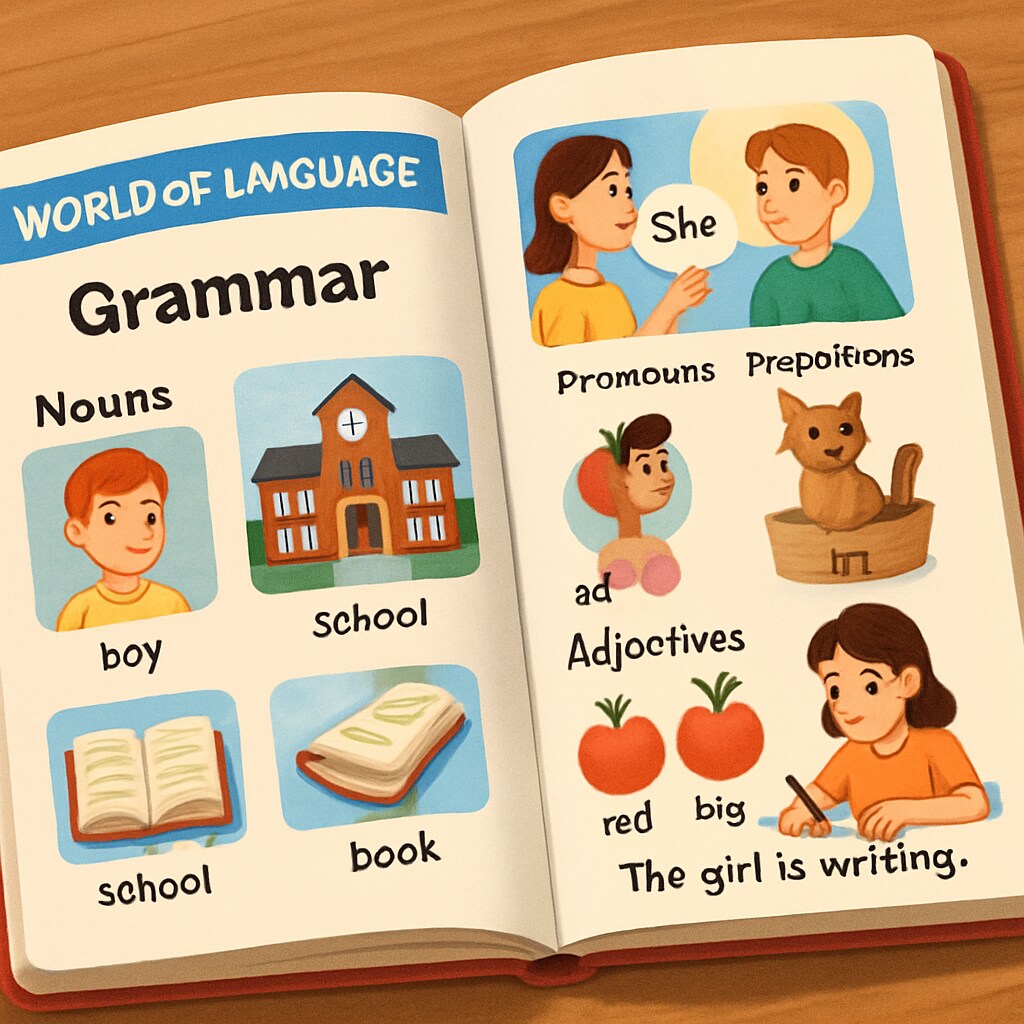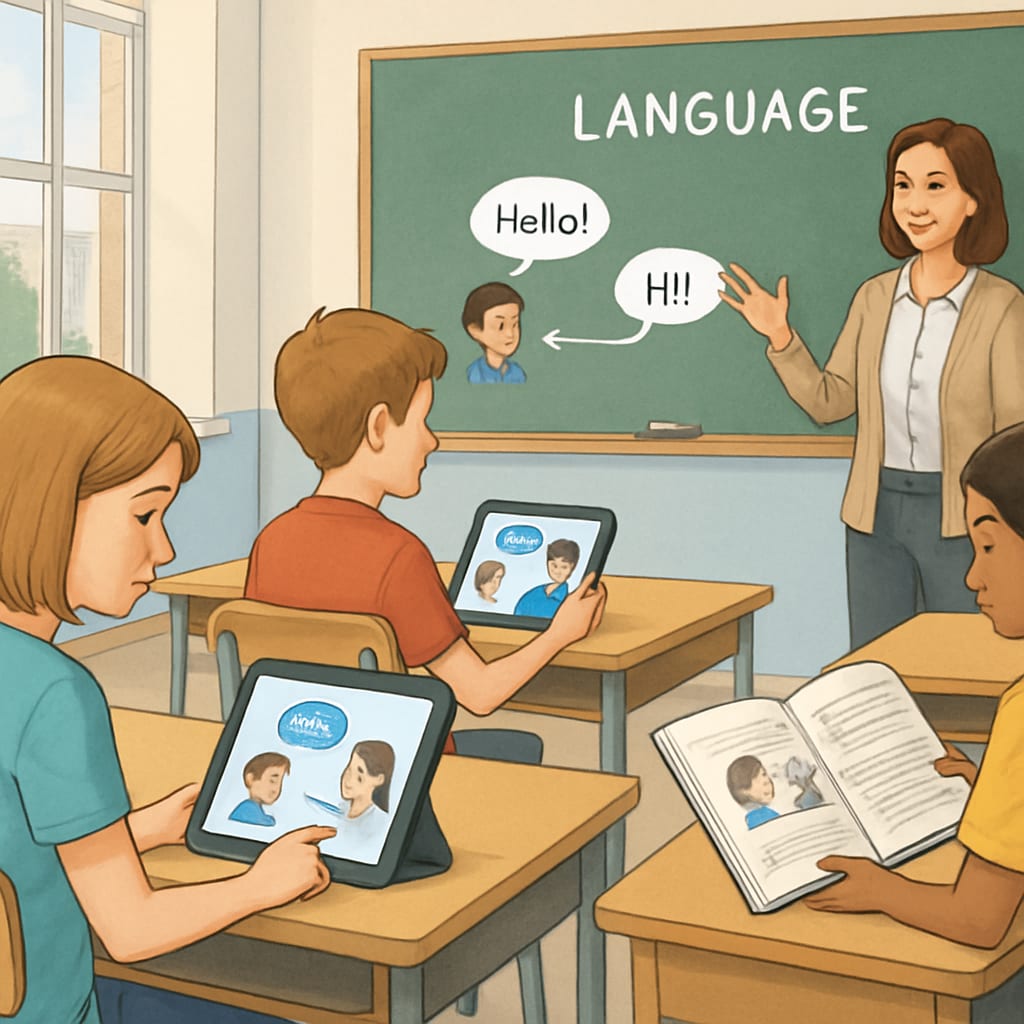The “World of Language” series was once a staple in American elementary classrooms, shaping how countless students learned the intricacies of language. As an elementary教材, it stood out for its structured yet creative approach to teaching grammar, reading comprehension, and writing skills. Today, as modern language education evolves with technology and contemporary methodologies, revisiting this once-popular series offers valuable insights into how traditional teaching methods can inspire today’s classrooms.
What Made “World of Language” Stand Out?
One of the defining features of “World of Language” was its balance between structure and creativity. The series emphasized foundational grammar rules while encouraging students to apply them in meaningful ways. For instance, lessons often combined direct instruction with engaging exercises like sentence diagramming, creative writing prompts, and reading comprehension challenges.
Moreover, the visuals in the textbooks were memorable—not overly flashy but designed to reinforce concepts. Illustrations often depicted scenarios that contextualized the lessons, helping students see how language functioned in real-life situations. This dual focus on theory and application made the series particularly effective in cementing key language concepts.

The Evolution of Elementary Language Education
Since the heyday of “World of Language,” elementary language education has undergone significant changes. Technology now plays a central role, with interactive apps and digital platforms replacing traditional textbooks in many classrooms. While these tools offer benefits such as instant feedback and adaptive learning, they sometimes lack the depth and coherence of a well-structured教材 like “World of Language.”
Another shift has been the increased focus on integrating language learning with other subjects. For example, many modern curricula incorporate science or social studies content into reading and writing lessons. While this interdisciplinary approach has its merits, it can sometimes dilute the focus on language fundamentals, an area where “World of Language” excelled.

Lessons Modern Educators Can Learn from “World of Language”
Despite its age, “World of Language” remains relevant in several ways. Here are three key lessons modern educators can draw from this classic series:
- The Importance of Structure: The series’ logical progression from basic to advanced concepts ensured that students built a solid foundation before tackling more complex topics. Modern curricula could benefit from incorporating a similar level of rigor and scaffolding.
- Engaging Contexts Matter: By situating language lessons in relatable scenarios, “World of Language” made abstract concepts tangible. Today’s educators can achieve similar engagement by using culturally relevant or age-appropriate contexts.
- Balancing Tradition with Innovation: While technology offers many advantages, it should complement—not replace—proven methods like those found in “World of Language.” Combining digital tools with traditional approaches could create a more holistic learning experience.
Additionally, the series’ emphasis on active student participation—through exercises like peer editing and collaborative projects—aligns well with modern pedagogical trends emphasizing student-centered learning.
Nostalgia Meets Practicality
For those who grew up with “World of Language,” the series evokes a sense of nostalgia for a time when learning felt both challenging and rewarding. Yet beyond the sentimental value, this教材 offers practical insights into what makes language instruction effective. Its structured approach, engaging content, and focus on skill application remain timeless principles in education.
As educators continue to navigate the complexities of modern teaching, revisiting past resources like “World of Language” can provide a valuable perspective. After all, innovation often involves building on the strengths of what came before.
Readability guidance: Short paragraphs and lists summarize key points; transitions ensure smooth flow between ideas; active voice is used where possible, with a focus on clarity and engagement.


